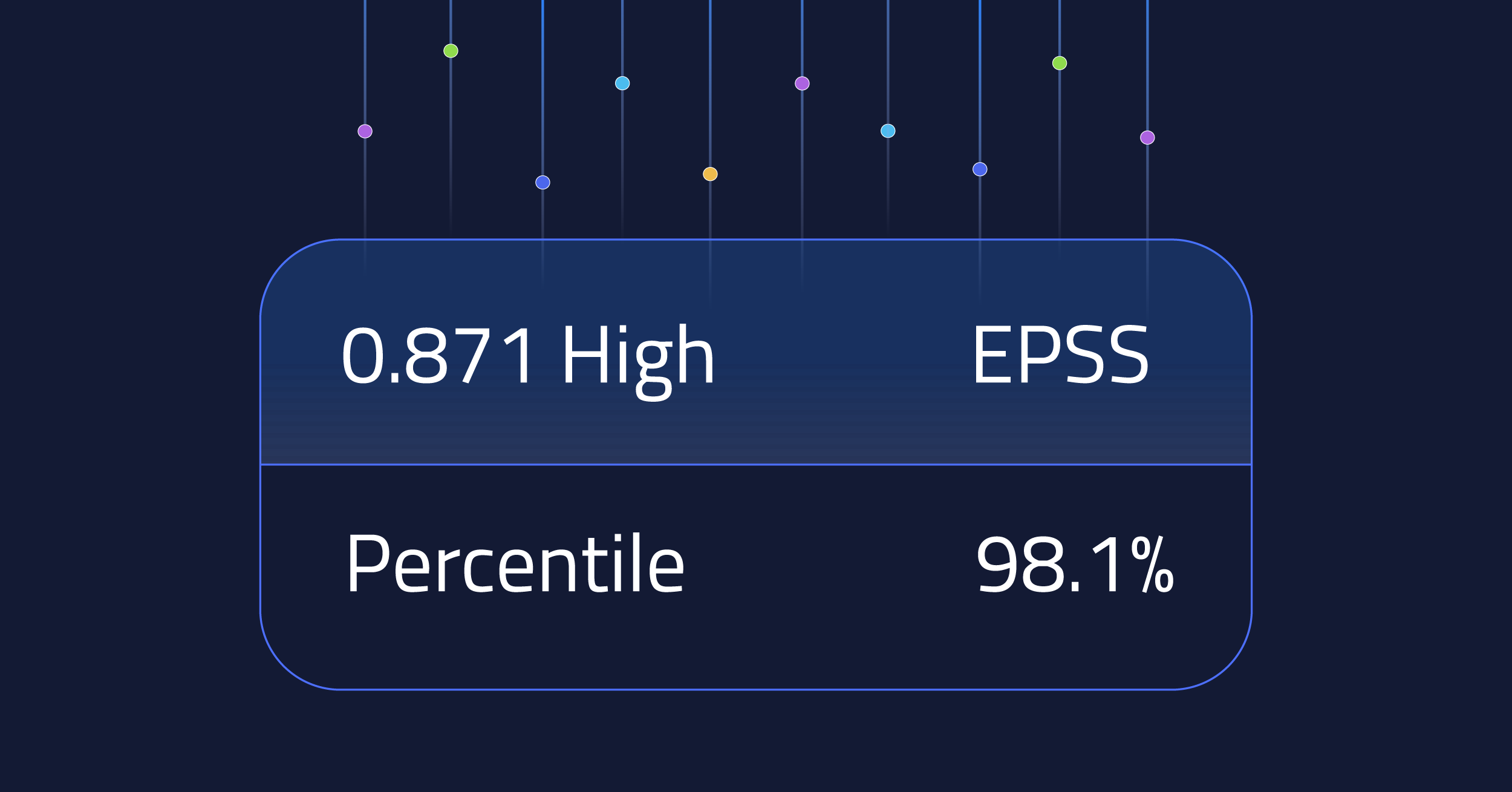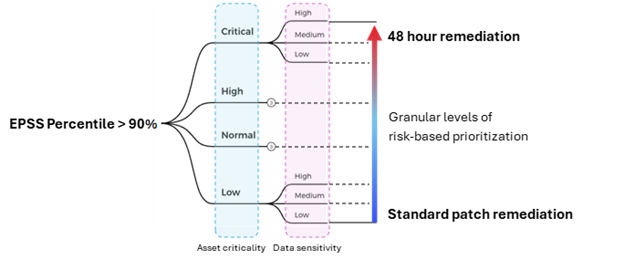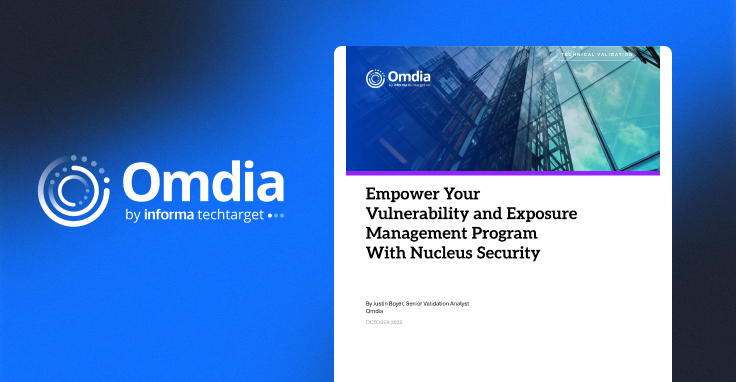Operationalize EPSS Scoring to Build Mature and Proactive Vulnerability Management

Cybersecurity teams across all disciplines, including vulnerability management, are challenged to move faster than ever before. Whether it’s responding to a security incident, finding a new vulnerability, or stopping an attack, speed is at a premium.
The Exploit Prediction Scoring System (EPSS) is a powerful tool in this race for speed, addressing the critical question: “What is likely to be exploited next?” EPSS leverages probability and machine learning to estimate the likelihood of a software vulnerability being exploited in the wild.
Mature vulnerability management teams can anticipate what will come next. Because of this, those teams are not just effective at putting out existing fires – they take an informed, proactive approach to vulnerability prioritization and remediation.
For organizations to mature their vulnerability management capabilities and truly benefit from EPSS, they should consider specific business context. The question then becomes “How do we move toward operationalizing EPSS in our organization?”
Setting Your EPSS Threshold
Establishing an EPSS threshold aligned with your organization’s risk tolerance is the foundational step in leveraging EPSS. EPSS assigns individual vulnerabilities a score ranging from 0 to 1. Higher scores indicate a higher likelihood of exploitation within the next 30 days.
While not a perfect predictor of risk, the EPSS score offers a good starting point to begin prioritizing vulnerability remediation. For example, you may decide to immediately remediate vulnerabilities with a score of 0.8 or higher. That’s your EPSS threshold.
EPSS, on its own, is a global prediction. It is useful but doesn’t consider factors relevant to your specific business and attack surfaces. It, therefore, lacks the granularity needed for effective risk prioritization in each organization.
It’s important to note here that you should prioritize vulnerabilities that are actively being exploited. EPSS helps inform what to focus on after remediating those immediate threats.
The Importance of Business Context
Vulnerability prioritization must account for factors unique to the organization, such as internet accessibility, data sensitivity, asset criticality, and compliance requirements. These elements provide a nuanced understanding of how a potential exploit could impact the organization, allowing for more informed decision-making.
For example, consider discovering a vulnerability with a 0.7 EPSS score on a database containing customer information. This score falls below our sample threshold score of .08. Rather than using a static threshold, you may opt to prioritize vulnerabilities that fall within the top 10% of EPSS scores in your environment. This is a more dynamic and adaptive threshold.
Because of the contents of the database (customer information), you can further delineate the severity of the vulnerability. Using asset criticality and data sensitivity as measures, you can make an informed, context-driven decision and take the action appropriate to the vulnerability’s severity.

Contextualizing EPSS scores using business context is an important second step in the operational process.
Enhancing EPSS with Business Context
Incorporating business data transforms raw EPSS scores into actionable, effective insights that will guide your vulnerability management strategy. This business context enables you to categorize everything surrounding the risk threshold based on its risk to the organization. That context, in turn, helps facilitate the shift from reactive to proactive prioritization, understand which vulnerabilities are most likely to pose a future threat, and build a strategy to prevent the most likely incidents from occurring.
The Nucleus platform, powered by the Nucleus Data Core, automatically unifies, organizes, and operationalizes numerous vulnerability data and business context sources alongside EPSS and other threat intelligence feeds. This unified view into your organization’s vulnerability landscape makes it possible to operationalize proactive vulnerability management, taking EPSS to the next level.
Operationalizing EPSS: A Unified Strategy
Operationalizing EPSS within the context of your organization’s unique environment involves several key steps:
- Threshold Setting: Establish EPSS thresholds based on risk tolerance to create a predictive baseline.
- Context Integration: Incorporate business context, including asset criticality, data sensitivity, and compliance scopes, to refine prioritization.
- Unified Approach: Unify and operationalize data from multiple sources, transforming EPSS scores into actionable intelligence.
- Proactive Mitigation: Shift from a reactive stance to proactive vulnerability management, focusing on potential future threats rather than immediate ones.
The Future of Vulnerability Management
Integrating EPSS with business context represents a significant advancement in vulnerability management maturity. By anticipating potential threats and prioritizing vulnerabilities based on a comprehensive understanding of their impact, organizations can better protect their assets and maintain resilience against emerging threats.
The future of vulnerability management lies in achieving a proactive, context-aware approach. By leveraging predictive analytics and integrating business context, organizations can move beyond reactive defenses, anticipate potential threats, and prioritize vulnerabilities with precision. This strategic shift not only enhances security posture but also optimizes resource allocation, driving more effective and efficient vulnerability management.
Learn more about the EPSS scoring model, its effectiveness, and how it compares to other vulnerability scoring models in the inaugural EPSS report.
See Nucleus in Action
Discover how unified, risk-based automation can transform your vulnerability management.































